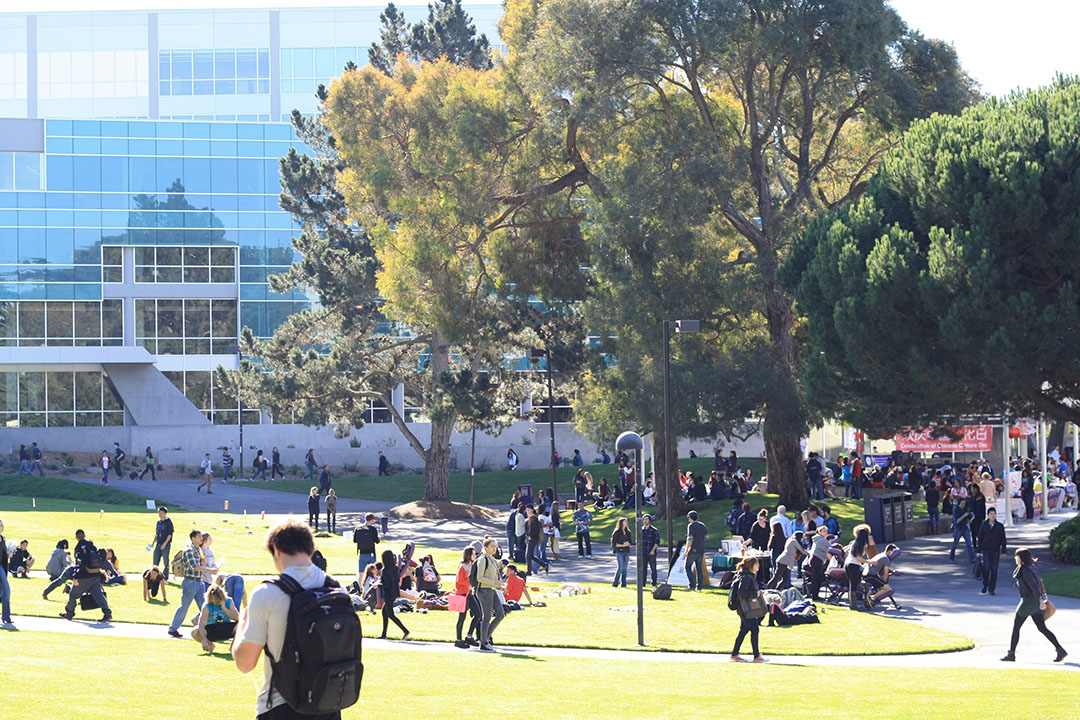The Need for a Holistic Approach to Research and Action
By Dr. Rositsa Ilieva
The New School, New York, NY; Hunter College, CUNY, New York, NY
Dr. Tanzina Ahmed
Bronx Community College, CUNY, Bronx, NY
Within community colleges across the United States, students’ food insecurity is a widely-spread [1] yet insufficiently studied phenomenon. There is reason to believe that a majority of students in two year colleges may be food insecure. For instance, a 2017 survey of 33,000 students at 70 community colleges revealed that two out of three students attending community colleges were food insecure [3]. Such severe levels of food insecurity have led to institutional action, as the number of campus food pantries, at both colleges and universities, has risen from a handful in 2009 to more than 500 in 2017 [4]. In New York City alone, several community colleges, including Guttman Community College and Bronx Community College, both part of CUNY, have opened food pantries to alleviate their students’ food insecurity. A key question now is whether and to what extent interventions such as food pantries can alleviate college food insecurity, especially at community colleges.
One barrier to answering that question is the paucity of research on food insecurity in community colleges, which limits our understanding of how students experience and alleviate hunger in these institutions. To address this knowledge gap, we devised a pilot research study that utilizes mixed-methods to uncover how community college students at a Hispanic Serving Institution (HSI) in New York City navigate the college foodscape. Participating students filled out both a survey instrument (which asked questions about their experiences with food insecurity and food choices on and off campus) and three narrative prompts (which allowed them to write about their unique food experiences).
Almost three hundred (278) predominantly minority and low-income students participated in the study during the Fall 2017 semester. More than 90% of student participants reported low levels of food security. Furthermore, students reported connections between their level of food insecurity and academic difficulties and revealed their preference for purchasing food through vending machines and neighborhood bodegas rather than the campus food court or café. Within their narratives, students’ frequent complaints about the difficulties of finding healthy and affordable food on campus explains their relative aversion toward purchasing food from the expensive campus cafeteria and cafe. Finally, students’ frequently voiced distrust of the food-related choices of the community college institution might partially explain their lack of knowledge about or use of the campus food pantry.
Ultimately, our work suggests a grave mismatch between institutional efforts with food pantry and students’ responses to the institutions’ food-related efforts. While community college institutions hope to help students overcome food insecurity through food pantries, students may disregard such efforts due to distrust stemming from previous experiences with expensive and dissatisfying food on campus. Additionally, community college food security can hardly be achieved without a deeper understanding of the intricate social, cultural, economic, and environmental factors determining students’ experiences and choices on campus. Pioneering initiatives like the recently launched CUNY Food Security Advocates Project [6] are a promising step in the right direction. It is our hope that recent political and institutional attention on the issue will further scale up and expand interdisciplinary and community-engaged approaches to studying and addressing hunger at community colleges.
References cited
[1] Blagg, K., Craig Gundersen, Diane Whitmore Schanzenbach, and James P. Ziliak (2017). Assessing Food Insecurity on Campus: A National Look at Food Insecurity among America’s College Students. Washington, DC: Urban Institute.
[2] Dubick, James, Brandon Mathews, and Clare Cady (2016). Hunger on Campus: The Challenge of Food Insecurity for College Students. College and University Food Bank Alliance, National Student Campaign Against Hunger and Homelessness, Student Government Resource Center, Student Public Interest Research Groups.
[3] [College and University Food Bank Alliance. “Officially 500+ Alliance Members!!!” Retrieved from: https://sites.temple.edu/cufba/2017/09/08/officially-500-alliance-members/
[4] Goldrick-Rab, Sara, Jed Richardson, and Anthony Hernandez (2017). Hungry and Homeless in College: Results from a National Study of Basic Needs Insecurity in Higher Education. Madison, WI: Wisconsin Hope Lab.
[5] New York State (December 28, 2017), Governor Cuomo Unveils 15th Proposal of 2018 State of the State: Launch Comprehensive No Student Goes Hungry Program. Retrieved from: https://www.governor.ny.gov/news/governor-cuomo-unveils-15th-proposal-2018-state-state-launch-comprehensive-no-student-goes
[6] CUNY Urban Food Policy Institute. Food at CUNY.
